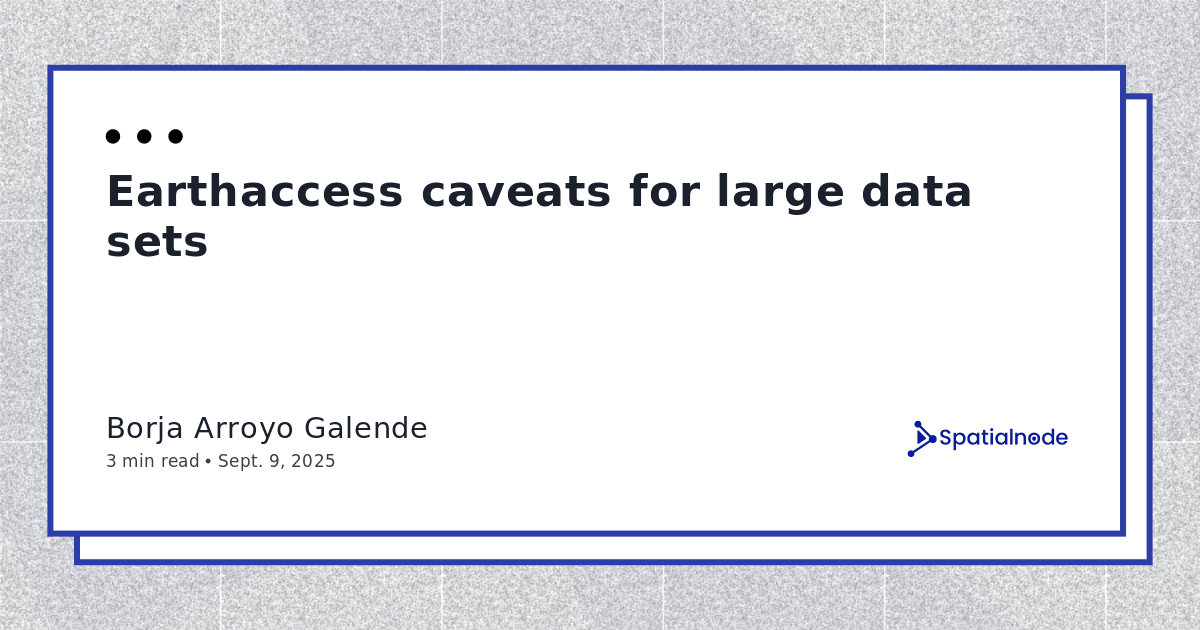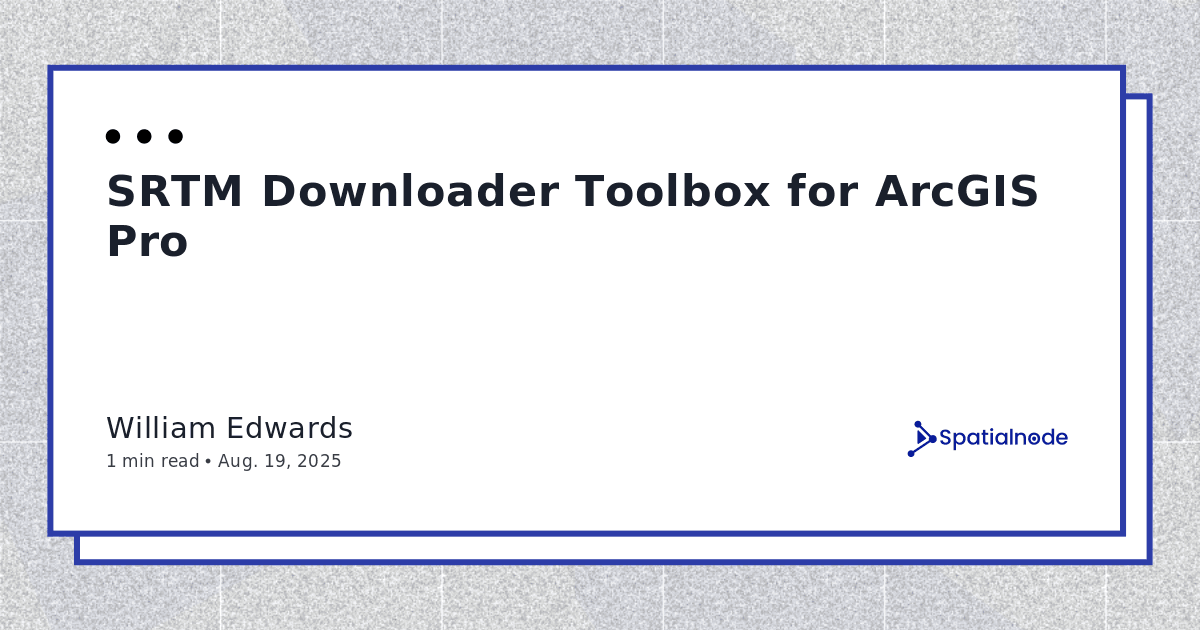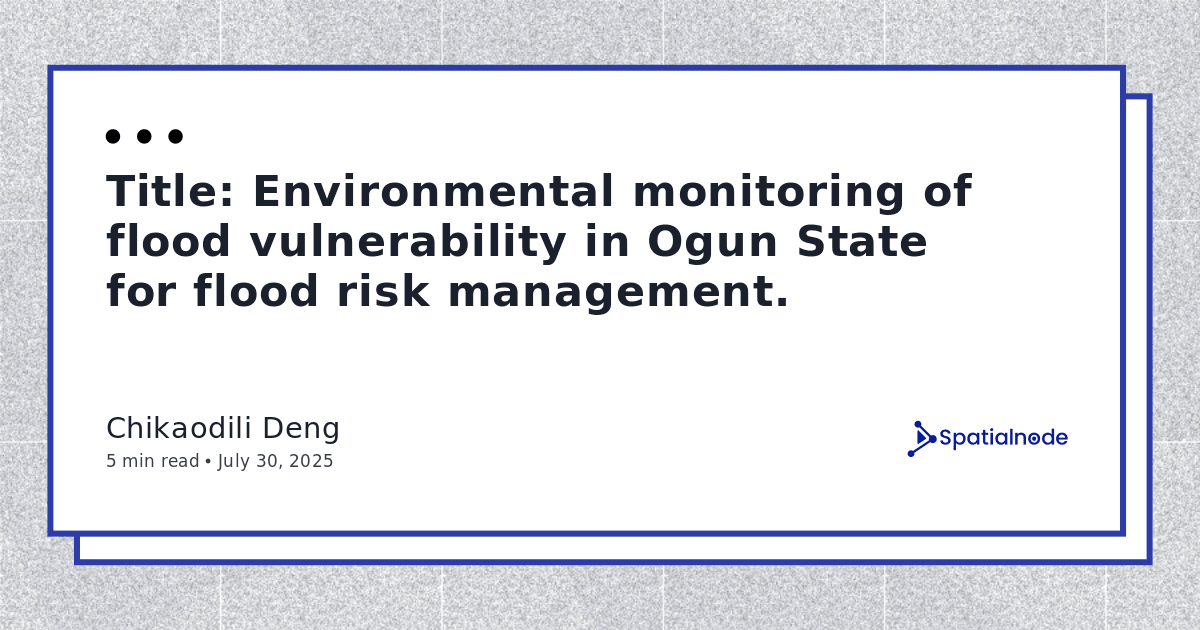Introduction
Land subsidence refer to the phenomena of gradual sinking of the Earth’s surface or the lowering of the land-surface elevation due to changes that take place underground. The result of subsidence possesses high environmental risk and immediate threat to life and property in the uplands of the state. Thus, early identification and catching any issue is vital to mitigate any future problems.
Causes of land subsidence
Land subsidence is caused when water is extracted from the earth’s crust resulting in subsurface erosion which can be often triggered by unscientific land use, unplanned drainage and massive extraction of ground water from coastal wetlands. Apart from the above-mentioned issues there are number of factors can play a part in Subsidence which include:
Soil type- Soils such as clay and silt have a capacity to swell and shrink. Structures built on such soil can witness changes from day to day, month to month and season to season. Whereas soils such as sand and gravel doesn’t witness shrinking and swelling and they can be easily washed out and erode.
Leaking drains- Water seeping out through leaking drains makes the ground soft, which in return makes supporting soils lose some structural support. Hence, foundations begin to sink.
Tree roots- Plants need to water in order to live and roots go in search of moisture. In areas of shrinkable cohesive soils, plants pose the risk of taking away so much water from foundation support that subsidence may occur.
Predictive Analysis
Use powerful statistical and machine learning methods, as well as specialised spatial modelling approaches, to make accurate predictions. Interaction, flow, and movement in space and time should be modelled. Using sophisticated geostatistical techniques, create prediction surfaces. Analyze and quantify data relationships while forecasting spatial outcomes.
Land Subsidence Monitoring & Prediction:
Remote sensing data is used widely for change detection because of the repetitive data acquisition and wide coverage. The state-of-the-art technology is Synthetic Aperture Radar (SAR) Interferometry (InSAR) that enables the measurement of small-scale surface deformation. This method uses two or more Synthetic Aperture Radar (SAR) images to generate differential interferogram that allow to measure the rate of ground deformation in cm/year and that can be successfully used for monitoring natural hazards, such as volcanoes, earthquakes, landslides and subsidence.
Collection of GIS data from a study area:
A variety of geospatial data are incorporated into the GIS database, such as subsidence inventory maps like topographic maps, hydrology maps, land use maps, road maps, building maps, geology maps, and other site investigation data.
Various subsidence contributory factor: Variables are selected from such GIS databases and processed as grid cell raster type thematic layers using GIS-based spatial analysis and interpolation techniques. Derive and interpret the correlation between past subsidence occurrences and the considered factors by analyzing and comparing the subsidence inventory map and each factor map
Determining the subsidence susceptibility index (SSI)- Areas with high SSI show high subsidence potential.






.jpeg&w=3840&q=75)

